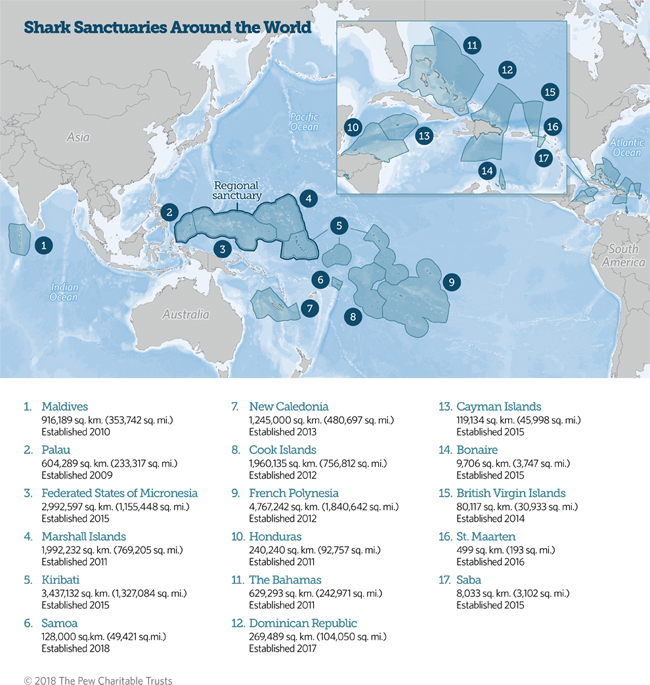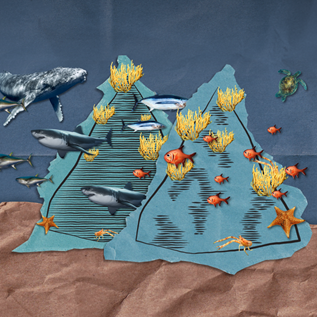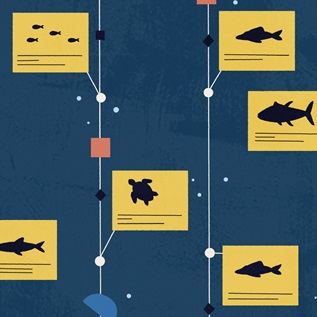Shark Sanctuaries Around the World
Protecting shark populations

Blacktip Reef Shark (Carcharhinus melanopterus). Also known as Blacktip Shark and Guliman. Found in tropical waters throughout the Indo-West and Central Pacific. Photo taken at Cocos (Keeling) Islands, situated off Western Australia, Australia.
© Gary Bell/OceanwideImages.comThis fact sheet was updated in March 2018 to reflect newly established sanctuaries.
Overview
Shark sanctuaries are useful tools for coastal and island governments seeking to reduce shark mortality in their waters. At least 100 million sharks are killed in commercial fisheries every year. Sanctuary designations typically prohibit the commercial fishing of all sharks, the retention of sharks caught as bycatch, and the possession, trade, and sale of sharks and shark products within a country’s full exclusive economic zone (EEZ). Some also ban fishing gear typically used to target sharks, such as wire leaders and shark lines. Because of the role that sharks play in maintaining ocean health, protecting them with sanctuaries provides ecosystem, environmental, cultural, and economic benefits.
In 2009, Palau designated its national waters as the world’s first shark sanctuary. Today, a total of 17 sanctuaries have been created around the world. In 2015, nations and territories in the western Pacific Ocean linked their efforts to create the first regional sanctuary in Micronesia. Collectively, these protected areas spread across 19.4 million square kilometers (7.5 million square miles), an area larger than South America.
Spotlight on Mental Health
MORE FROM PEW
Explore Pew’s new and improved
Fiscal 50 interactive
Your state's stats are more accessible than ever with our new and improved Fiscal 50 interactive:
- Maps, trends, and customizable charts
- 50-state rankings
- Analysis of what it all means
- Shareable graphics and downloadable data
- Proven fiscal policy strategies
Welcome to the new Fiscal 50
Key changes include:
- State pages that help you keep track of trends in your home state and provide national and regional context.
- Interactive indicator pages with highly customizable and shareable data visualizations.
- A Budget Threads feature that offers Pew’s read on the latest state fiscal news.











